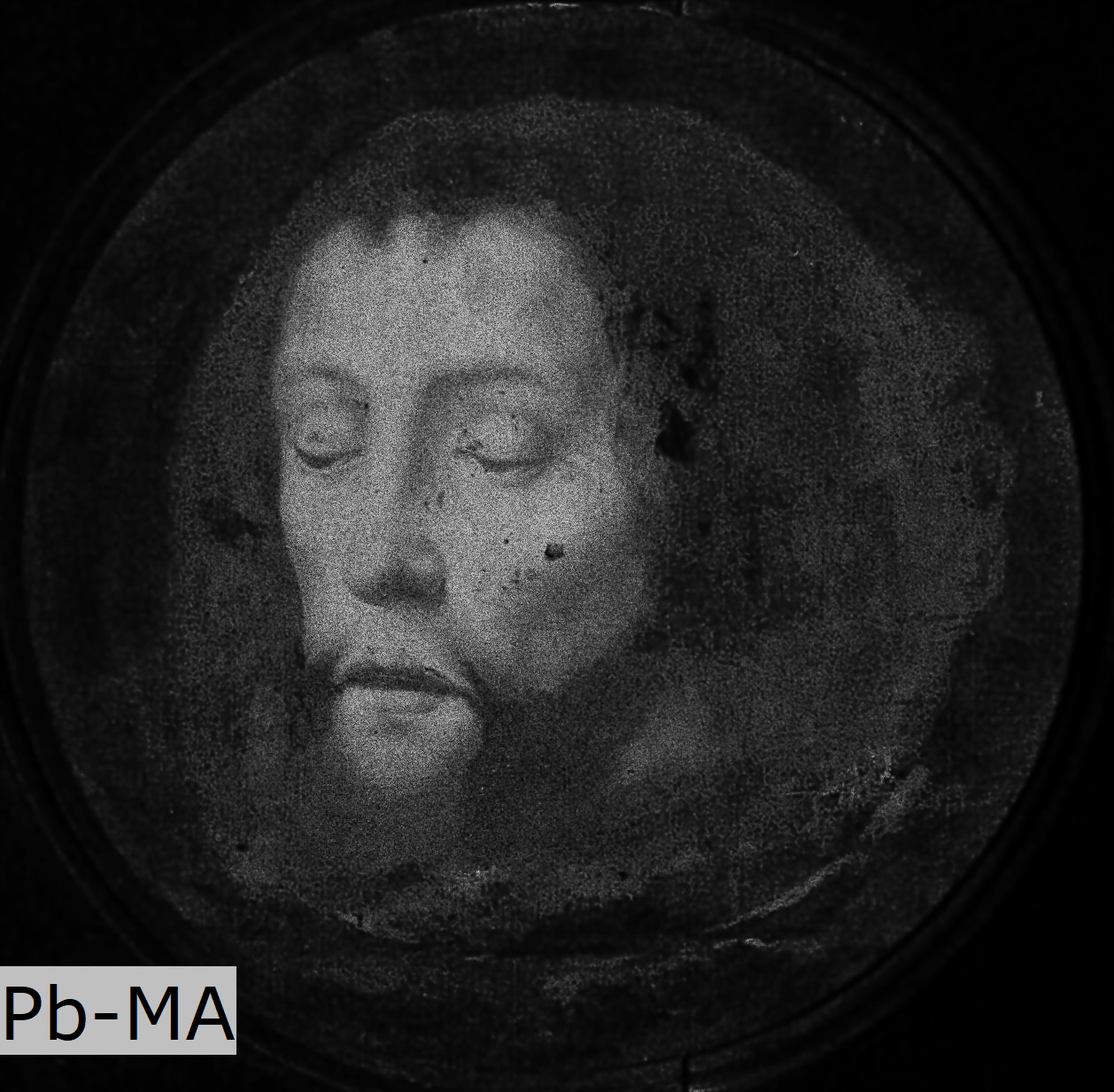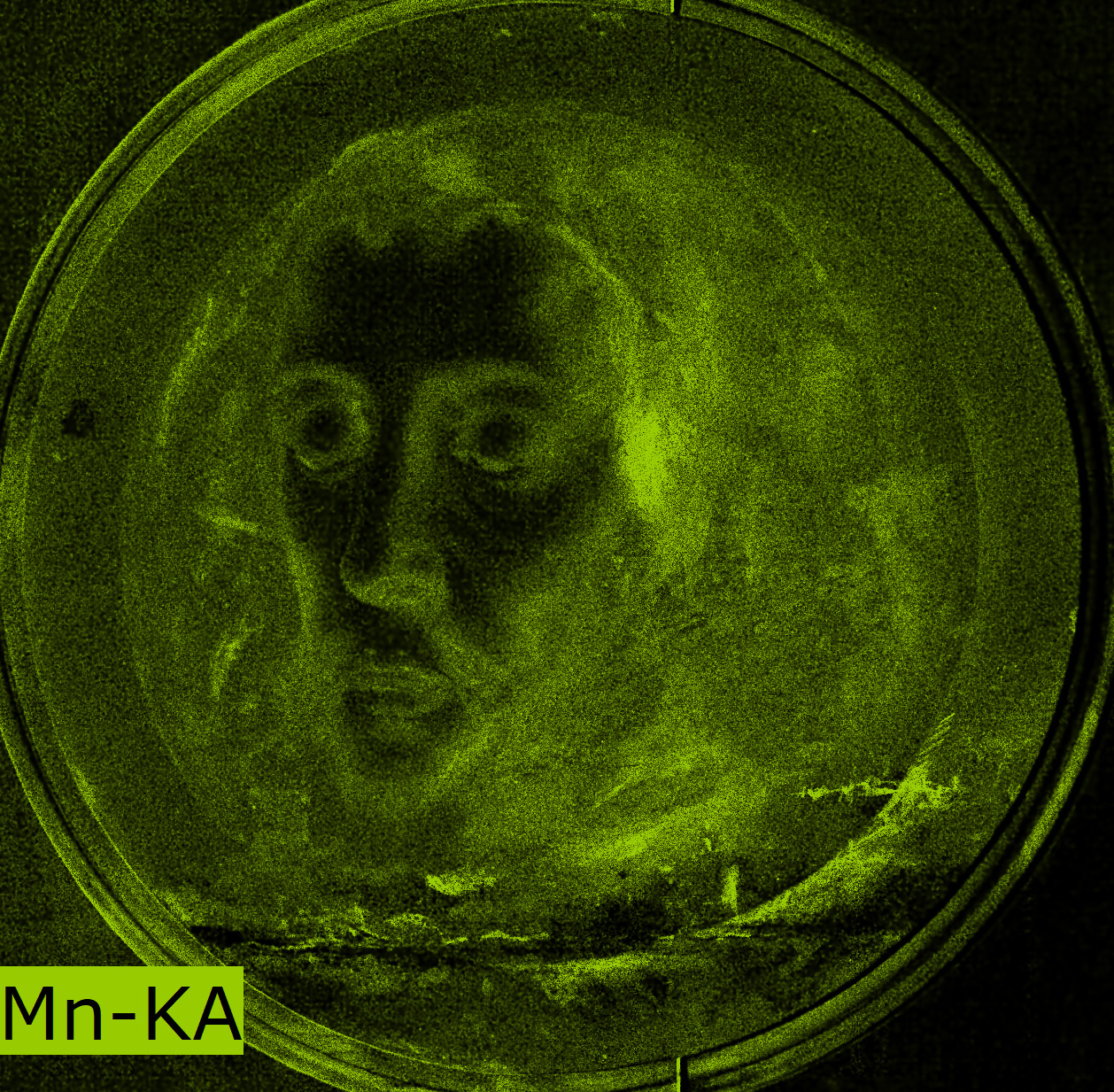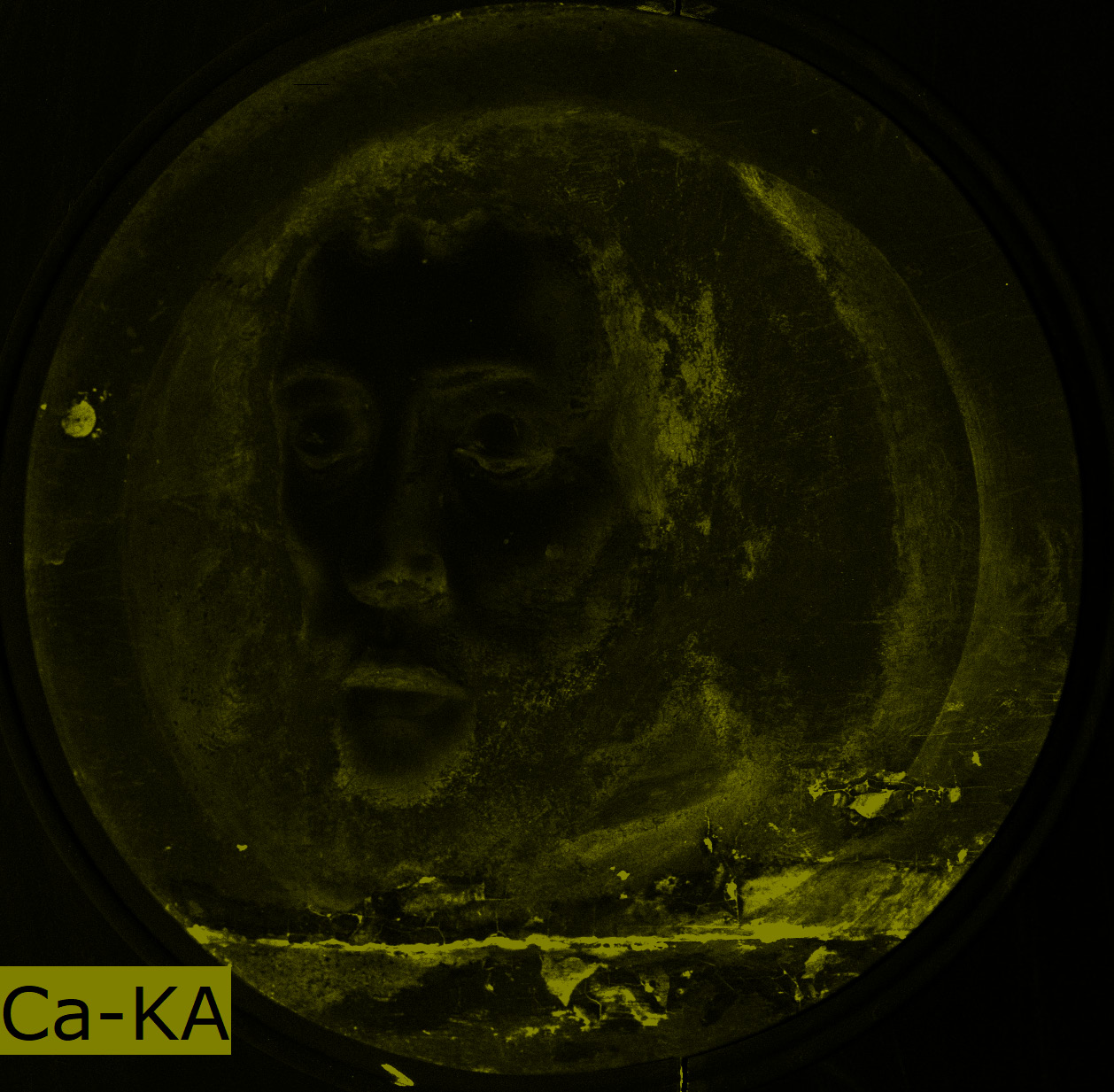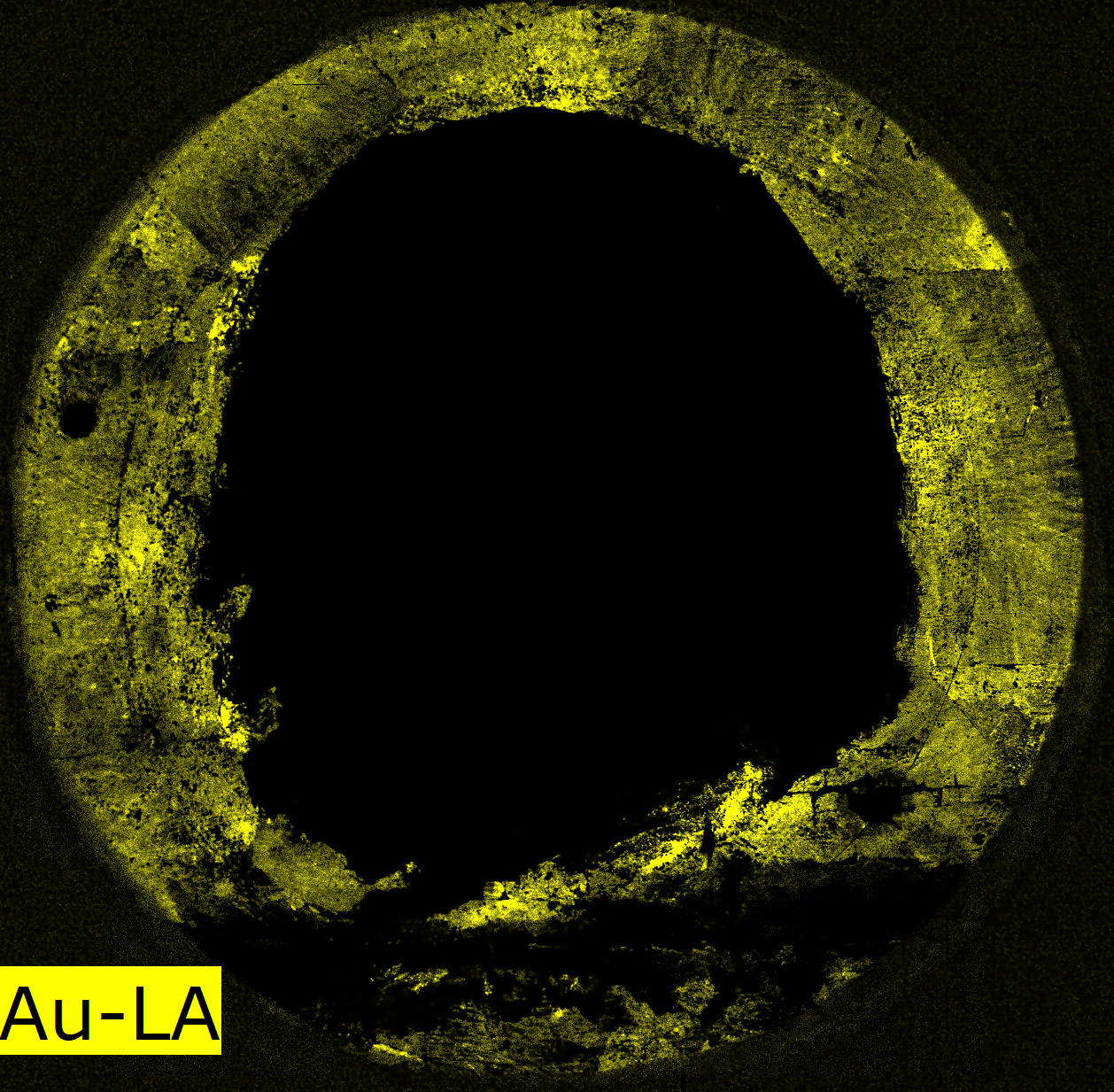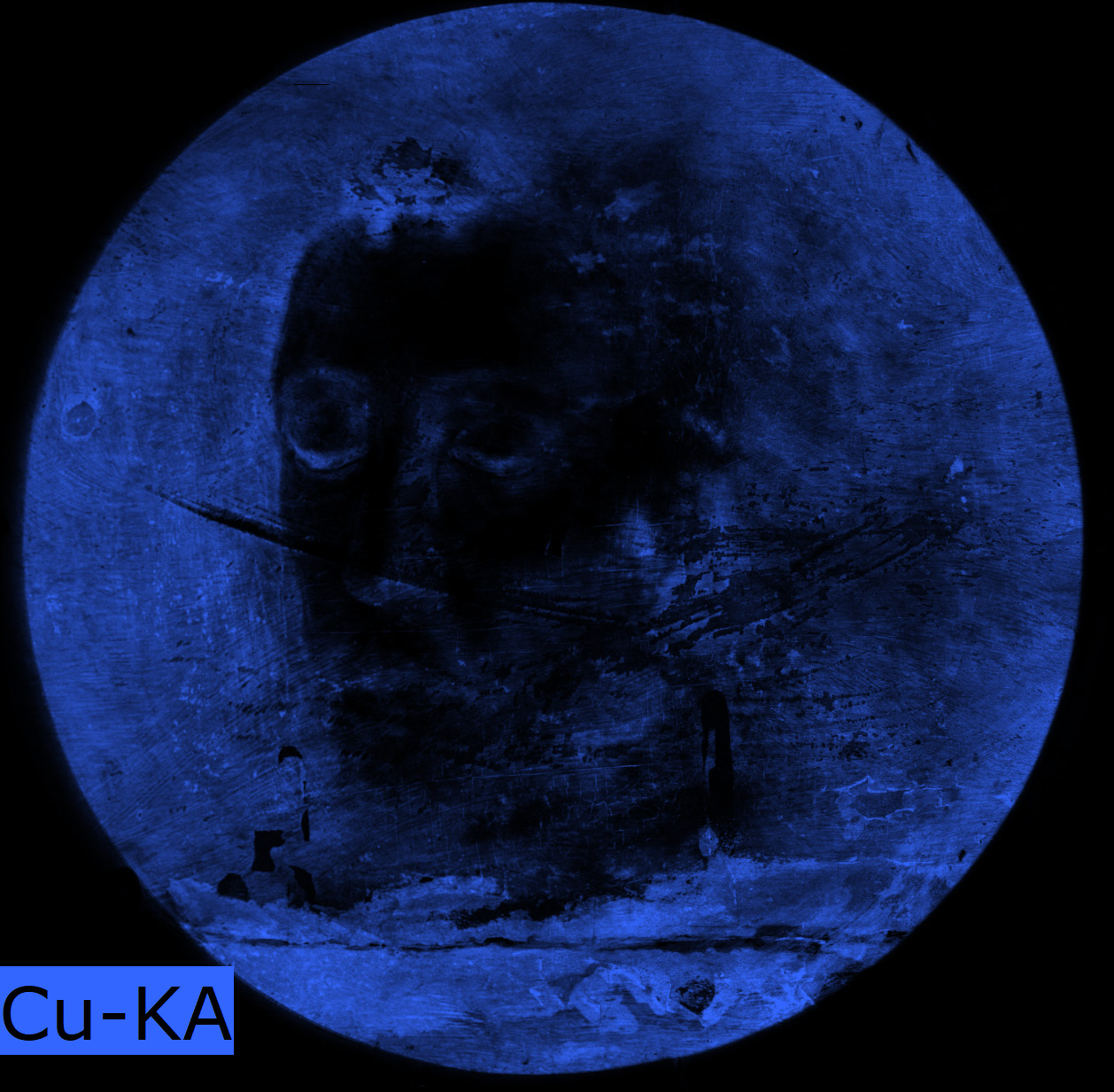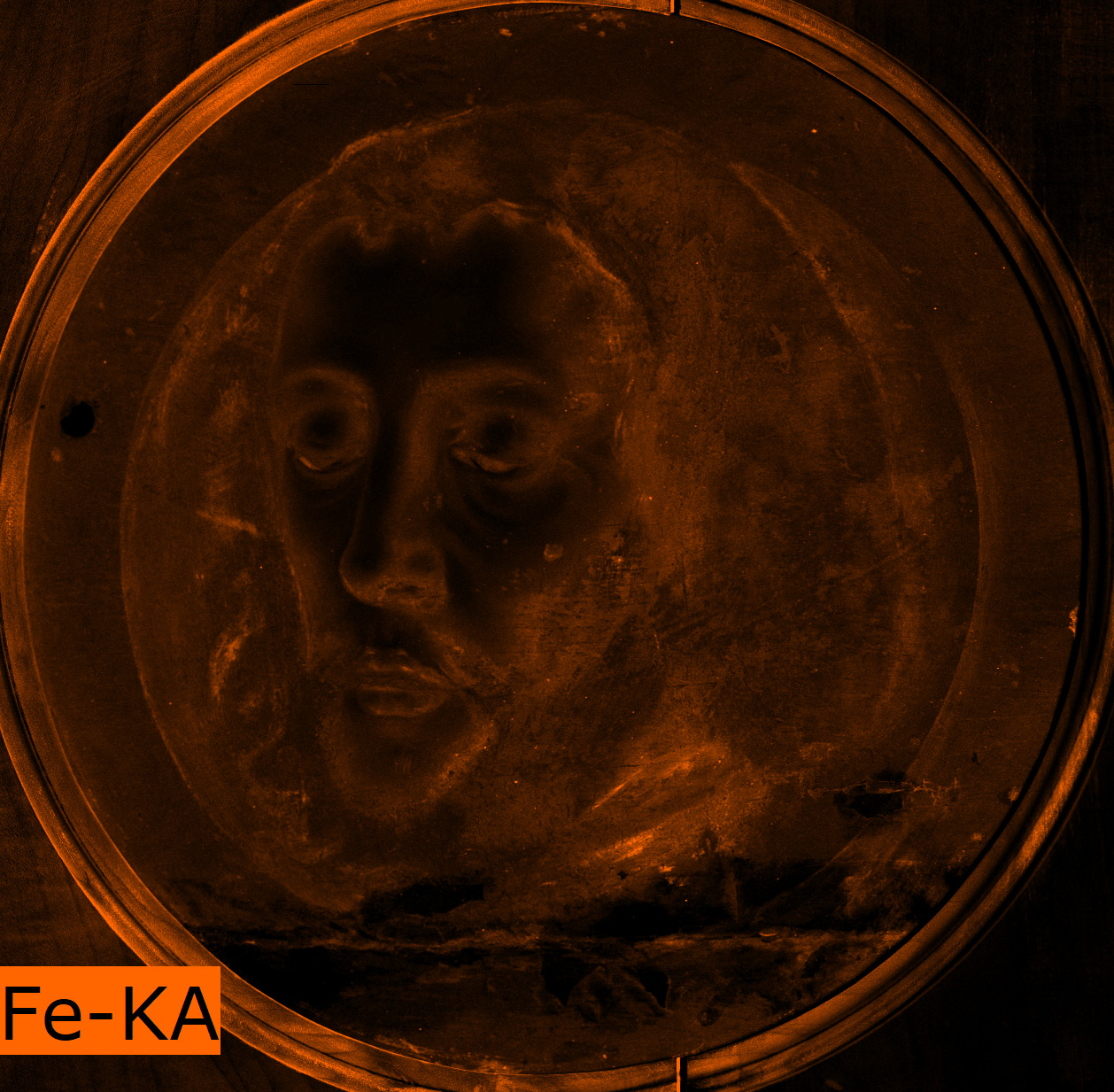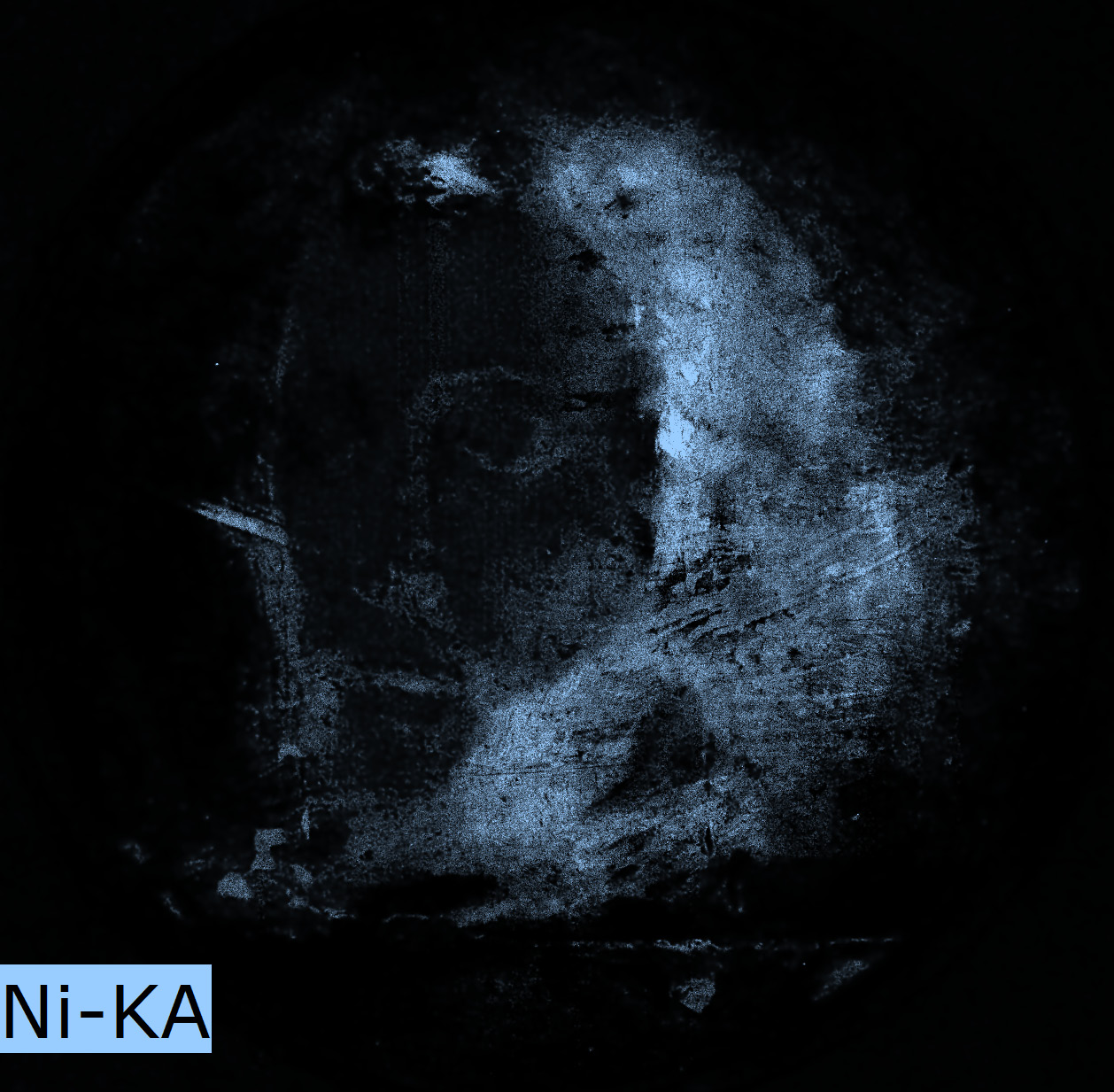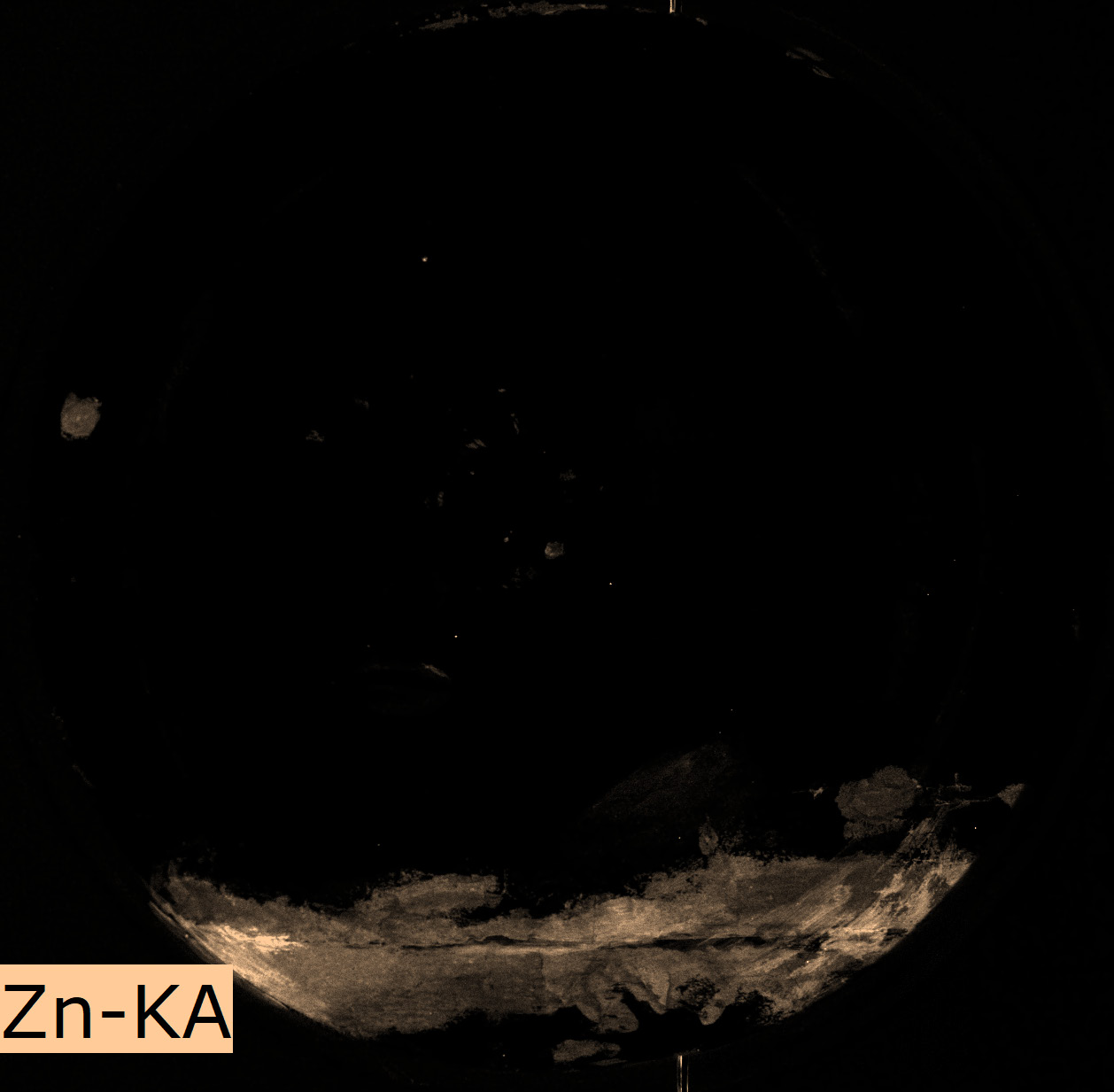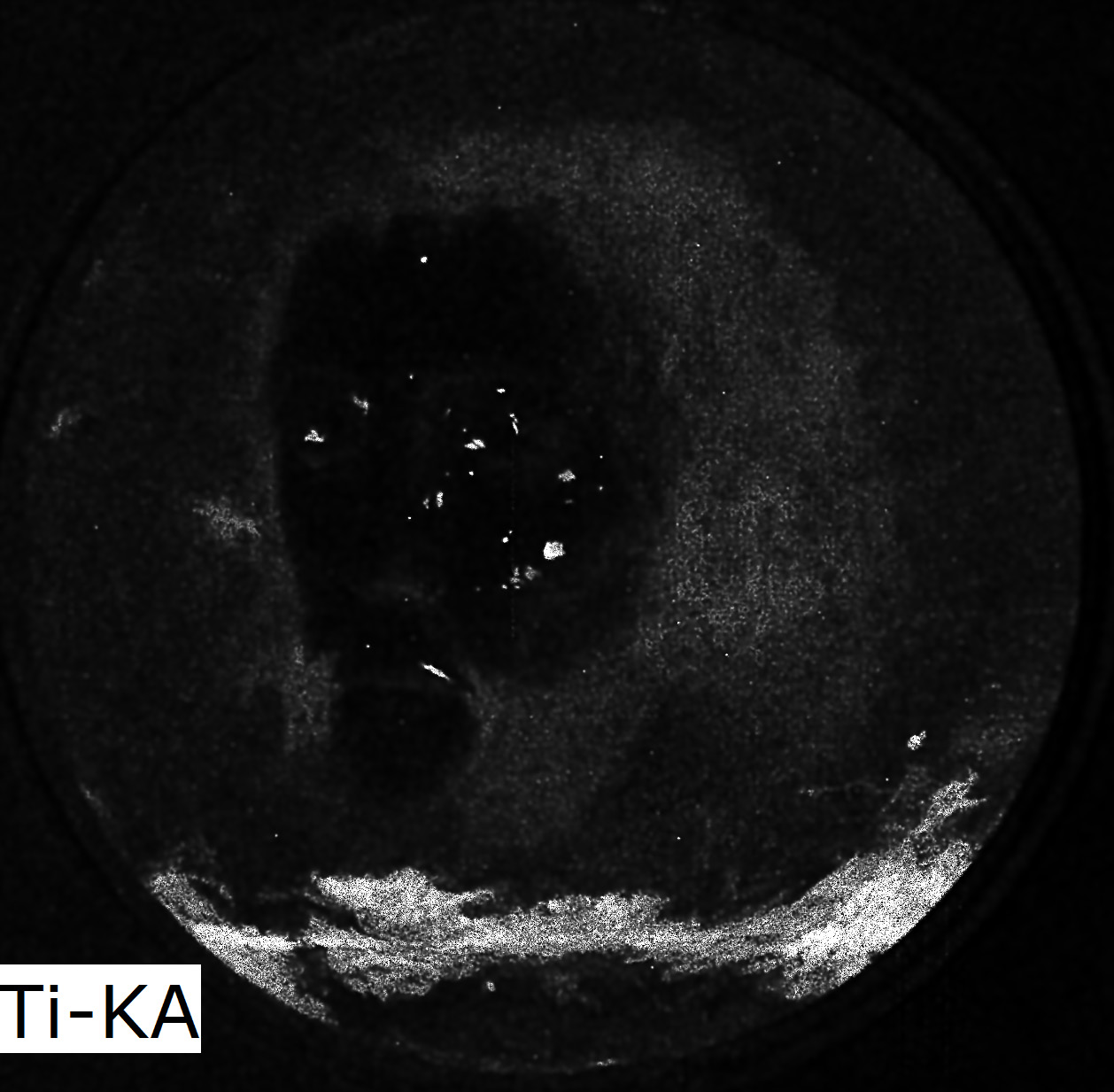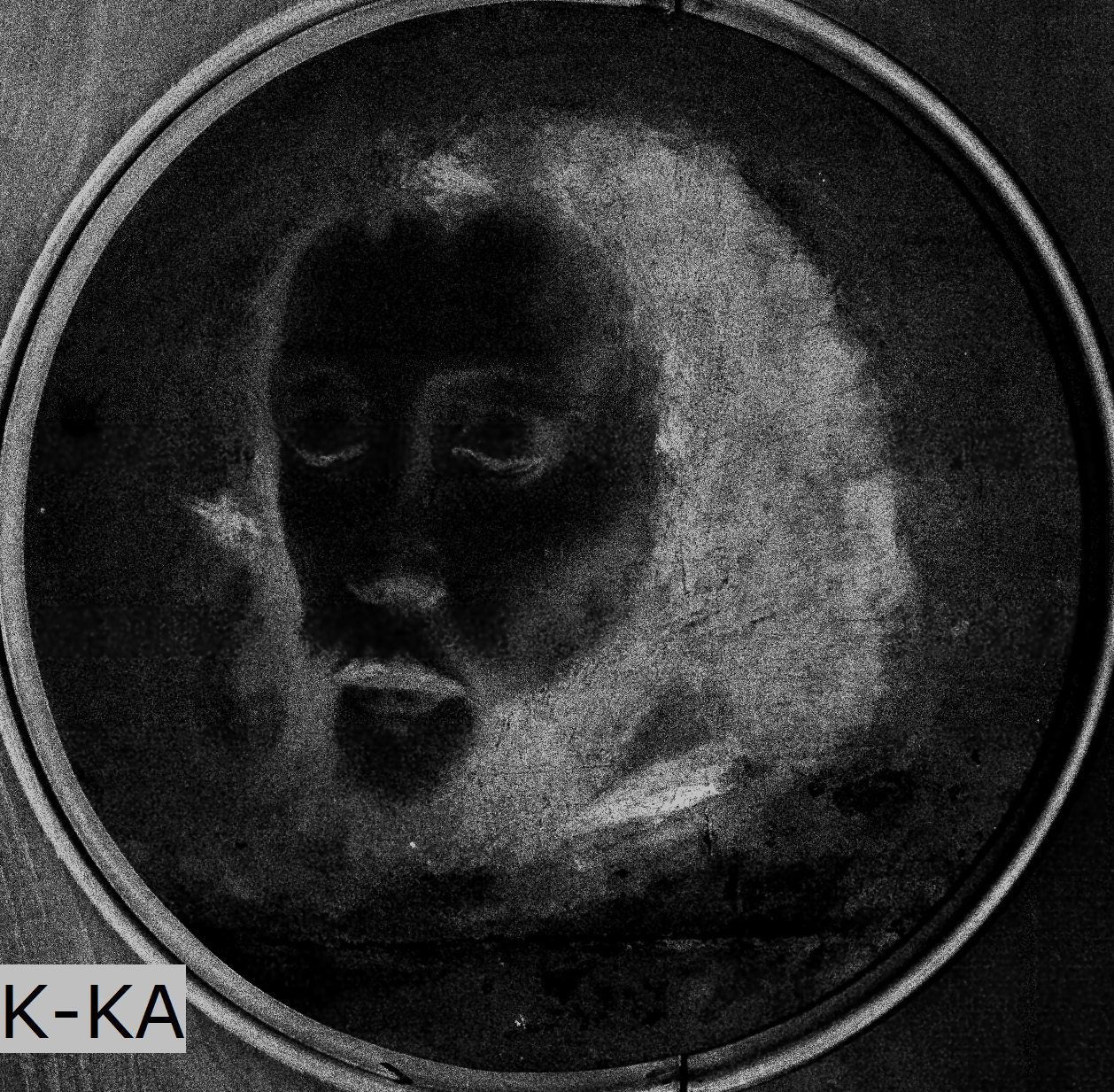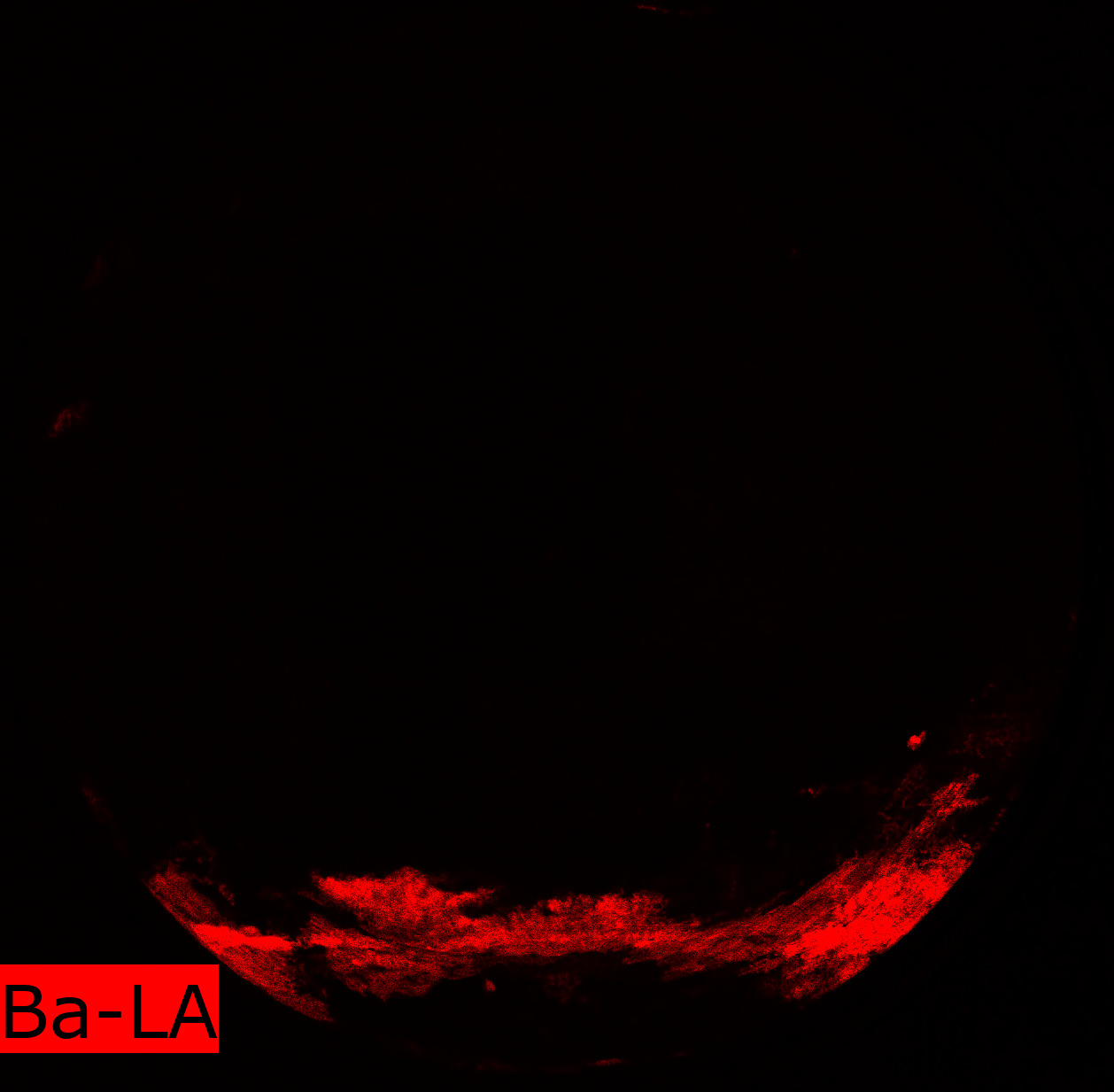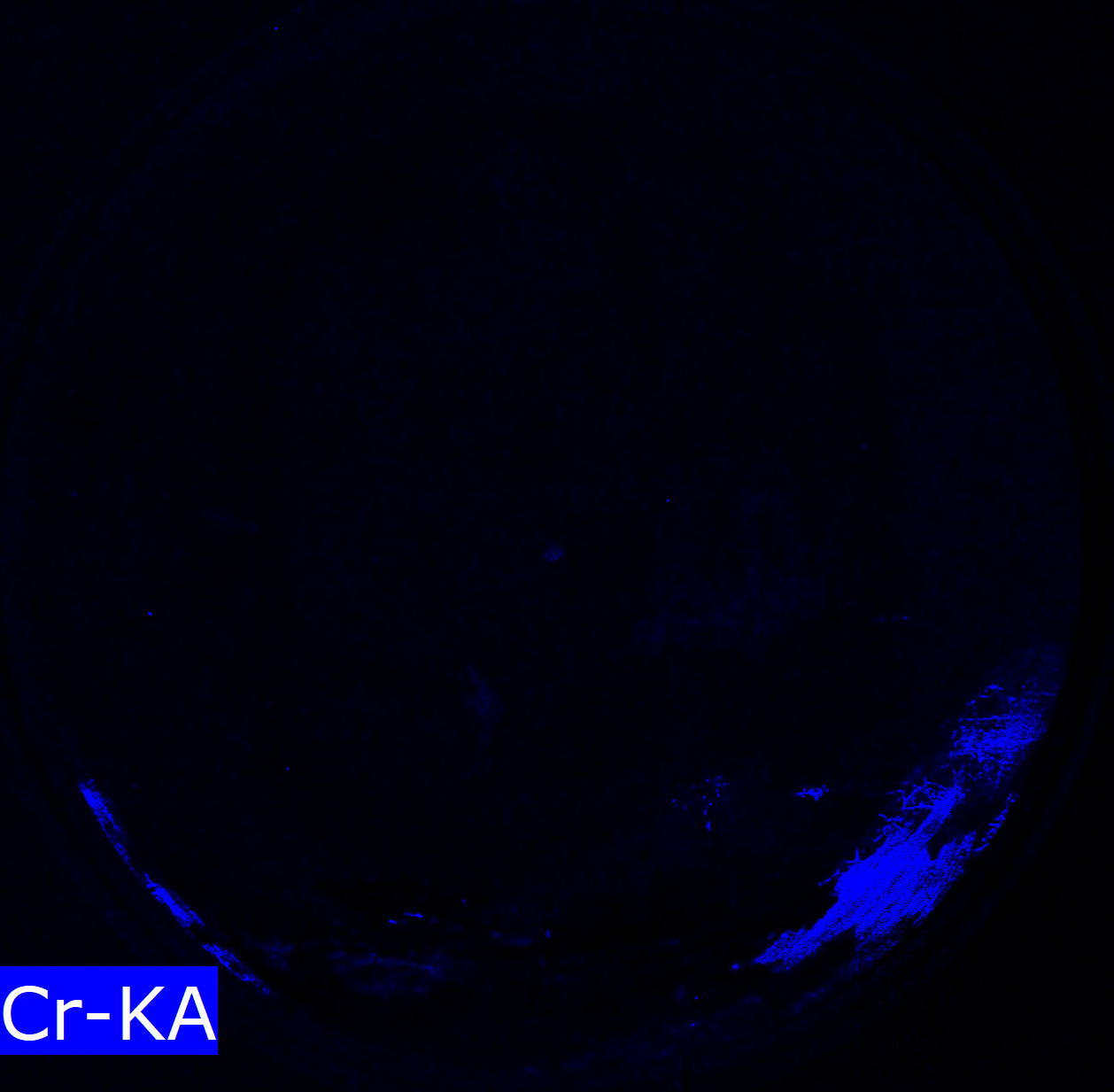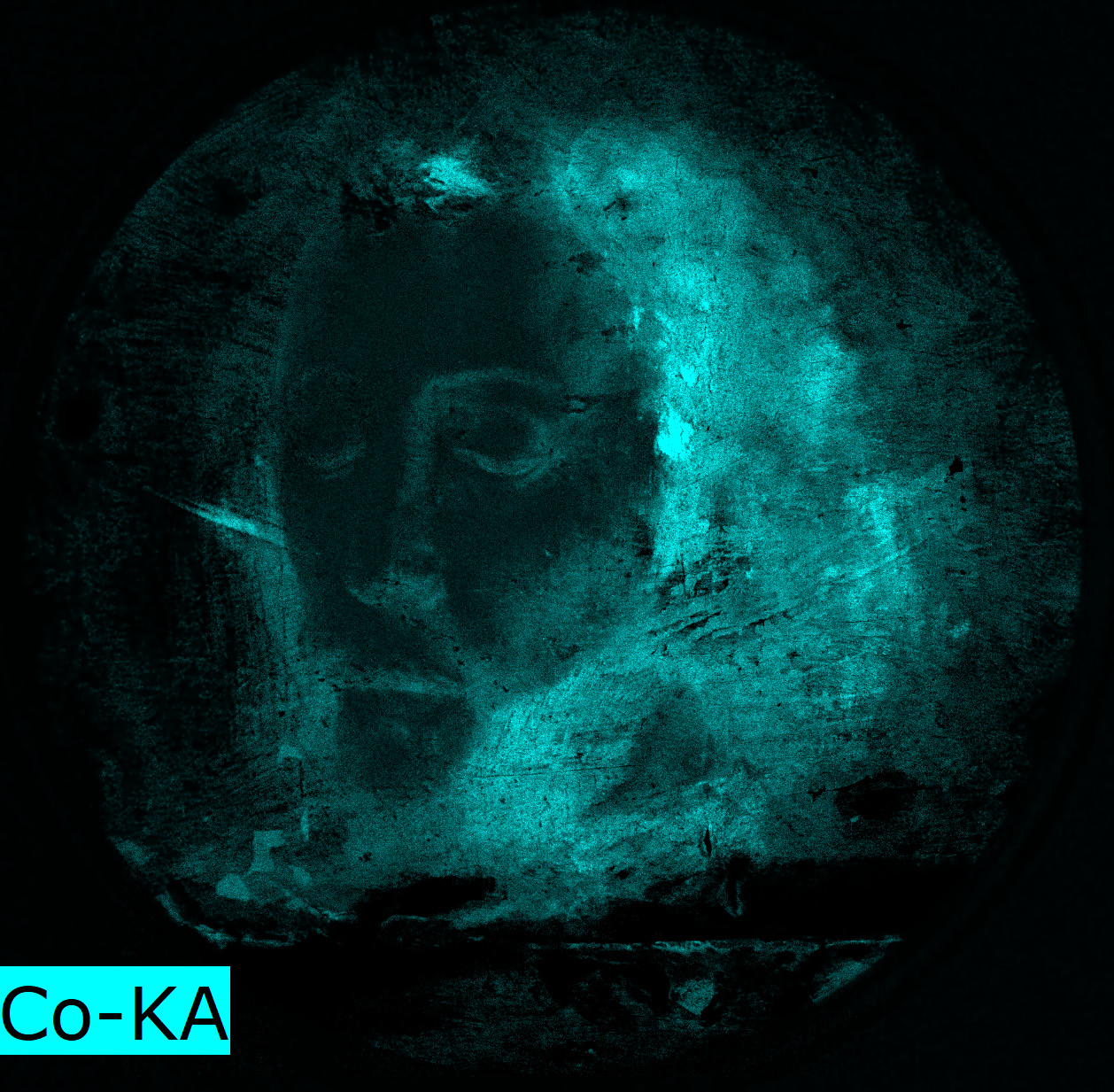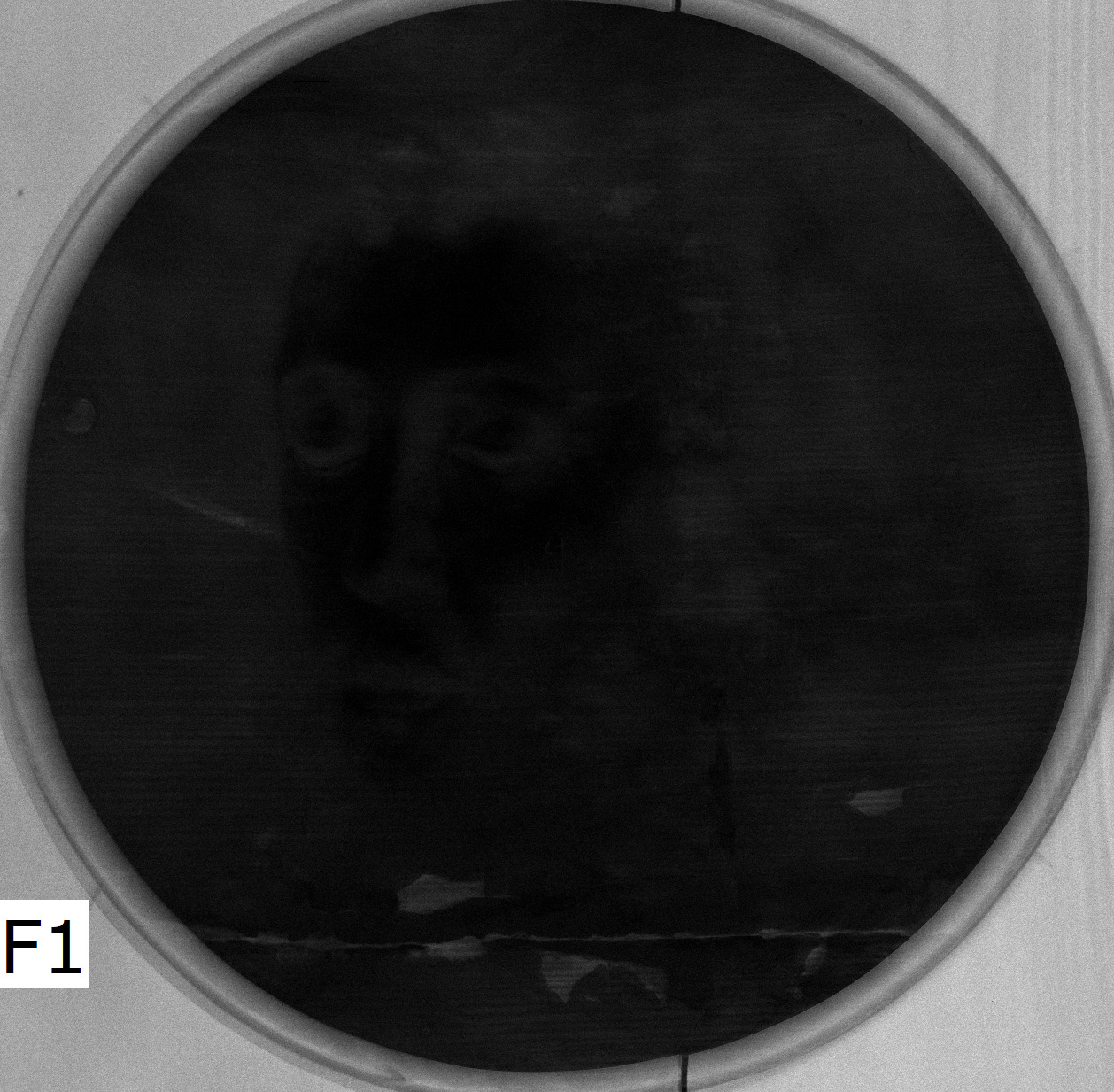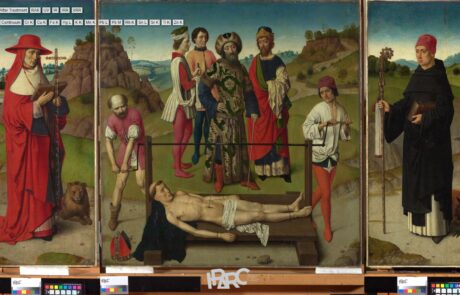Research & analysis
For public and private projects IPARC conducts (preliminary) research. This may also include a material-technical analysis, or additional art-historic and iconographic research, either or not in combination with a literature study. The IPARC workshop also has a fully equipped state-of-the-art photo lab. Photos are made here before, during and after treatment. As well as object photos for publication purposes. The IPARC analyses comprise both microscopic and chemical analyses, but can also be done by means of multispectral imaging. These analyses can be conducted at the IPARC-lab or if so required onsite at the customer’s location.
Research & lab
Whether a work is genuine or fake can be assessed using a variety of methods:
- Genuine experts on painting styles and materials recognise fakes by, among other things, unlikely choices of subject, brush technique, artistic quality, combinations of material, and a whole series of other elements. Quite often, research using advanced techniques is required to determine the characteristics of the materials used. Particular combinations of pigment and binder can sometimes make it clear that a work could not have been produced in a specific period.
- Chemical analyses of paints, varnishes and the age of wood and canvas can be definitive when it comes to ascribing a painting to a particular period.
- Art-historical research can figure out a painting’s origin.
Non-destructive analyses such as X-ray analysis (in which the presence of specific radiation-absorbing pigments such as white lead is detected), infrared analysis (in which invisible IR light penetrates deep into the darker paint layers and makes underdrawings, and thereby a drawing style, visible) and ultraviolet fluorescence (in which invisible UV illuminates particular pigments and thus gives an indication of the substances present) can provide important clues.
Camera inspection
Using an advanced camera inspection system that was developed and enhanced by IPARC, research in spaces that cannot be seen or reached with the naked eye is enabled using a technique involving no or minimal destructive impact. The information feed of the camera inspection will present an image of the current condition and provide scientific data on the climatological conditions.
This inspection method is more efficient compared to conventional inspection techniques. The information feed is in real time allowing for direct reading without further (time consuming) interpretation.
Inspection with a camera probe
- This method of analysis is minimally intrusive and uses a minimal destructive technique which is being used to map organic and inorganic damage in places that are hard to reach such as in historical dwellings, churches, behind paneling and furniture.
- Camera inspection of moveable and immovable heritage is performed with an endoscopic camera.
- The camera feed is subsequently edited in order to represent the interesting and relevant footage.
- Answering each specific research request, a photograph of each relevant image is provided. The quality of the photograph is naturally dependent on the size of the picture but we do focus on maximal legibility.
- After analyzing the damage picture, the wood restoration team – associating with the polychromy restoration team if needed – will formulate a corrective or preventive treatment.
Multi spectral imagery
Because of budgetary restrictions, smaller institutions and organisations cannot usually obtain access to scientific developments and innovations pertaining to imagery and microscopy.
IPARC wants to facilitate access to sustainable scientific innovation for those professionals involved with the study, research, evaluation/conservation of art objects.
The results of the research however are also easily transferred to the field of public and educational interest by integrating it into apps. As such the research comes to life and actively contributes to building a broader base directly resulting in an increased interest in conservation- and restoration projects.
The above-mentioned techniques can be used for (preliminary) research, damage assessment and the documentation of art objects. These techniques can be realized both in the IPARC-lab and in situ.
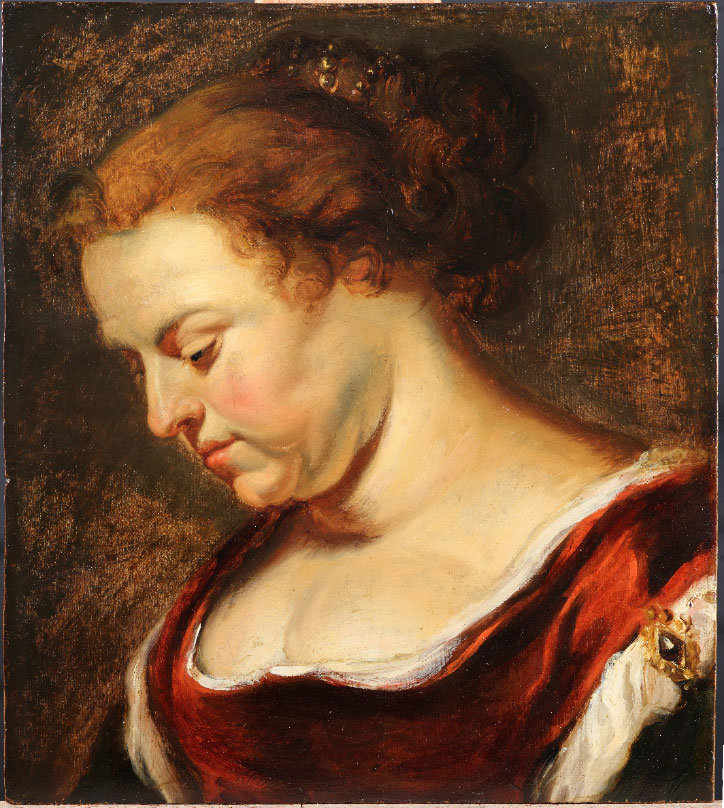
VIS
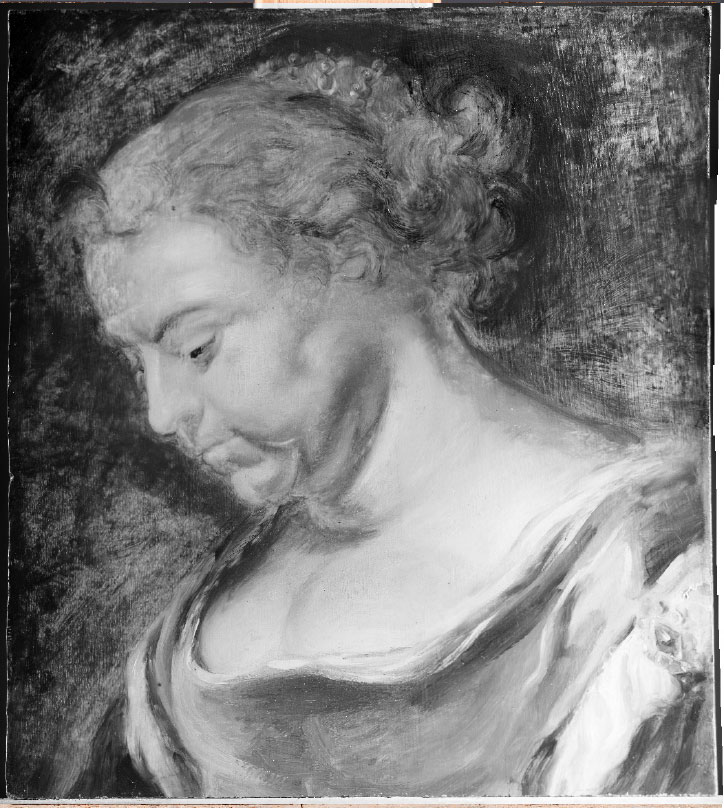
IR

UV
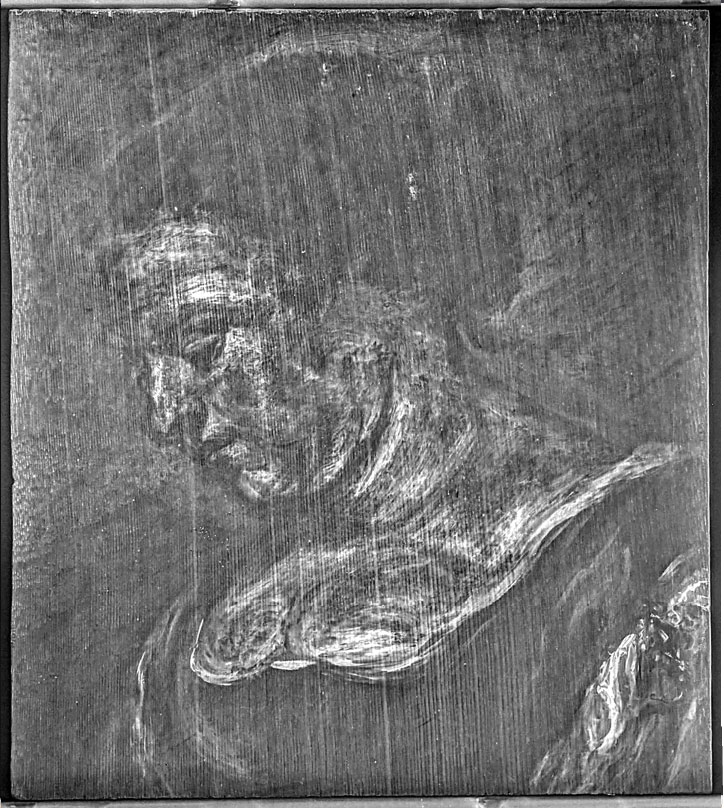
RX
Which kind of multispectral imagery?
- VIS (Visible Photography front and back) provides the actual images of a painting and will be used as a neutral standard to which other multispectral images will be compared
- RAK (Raking Light) meticulously documents craquelures, loss of pictorial layers as well as providing insight in the painting techniques, s.a. brush marks and instruments used
- UVF (Ultraviolet Fluorescence) identifies old and new layers of varnish and enables us to discriminate the original areas from the retouchings
- UVR (Ultraviolet Reflected) accomplishes precise mapping of faded inks
- IRR (Infrared Reflectography) gives an extremely detailed image of underdrawing. Intensive processing of the images is imperative however (mosaicking)
- IRFC (Infrared False Colour) allows for an estimate of the relative amount of retouchings
- IRF (Infrared Fluorescence) localizes certain materials or pigments like cadmium
- IRTR (Infrared Transmitted) in some cases provides better visuals of the undersigning and the pentimenti but also offers a view on loss or on layers of painting that are impenetrable for infrared light
- VSTR (Visible Transmitted) visualizes loss and layers of paint by contrasting transparent and opaque effects in visible light
- RTI (Reflectance Transformation Imaging)/PTM (Polynominal Texture Mapping): RTI is a computerized method of photography that enables the visualisation of the surface area and the colour of an object. It allows for an interactive illumination from every angle. This method is an absolute asset to the method of direct empirical research
- MACRO-XRF IPARC has expanded its services into the field om Macro-XRF scanning and analysis which uses both X-ray and fluorescent spectroscopy. This non-destructive method offers a two dimensional image of the dispersion of chemical elements is ideal for studying hidden layers of paint, changes that have been made during the creation or revealing earlier restorations. Macro-XRF thus provides a unique insight in the creative process of the artist.
Macro XRF analysis
(© To Dirk Bouts, “Head of St John the Baptist on a platter”, Oil on panel, 17th century, M Museum Leuven Collection, inv. S/47/B)
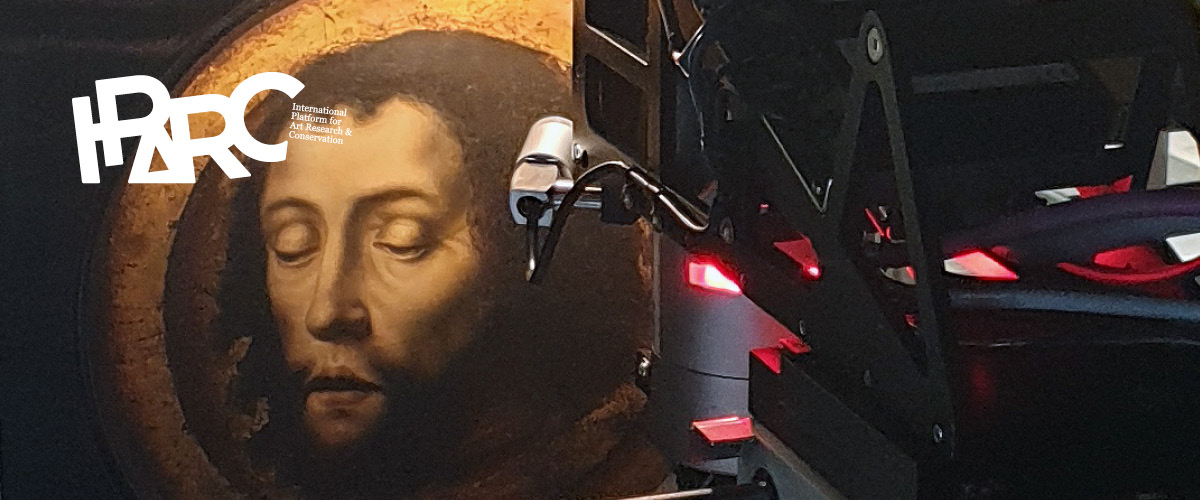
IPARC expands range of multispectral imaging with Macro-XRF scanning
IPARC offers from its lab imaging various multispectral analysis methods at the request of museums, auction houses and private collectors.
Since its foundation in 2011, IPARC offers IRR, X-ray, UV and high resolution photography in addition to microscopic studies. Recently Macro-XRF scanning (Brucker M6 Jetstream) was added.
What is Macro XRF scanning?
Macro-XRF scanning is an analysis technique that uses X-ray fluorescence spectroscopy to scan a defined area on an artifact in the X and Y axes. This non-destructive method shows the distribution of the elements in a 2-dimensional image. These investigations can be carried out in the IPARC lab or, if desired, on location at the client’s premises.
What can you see or do with it?
The Macro-XRF method is extremely suitable for the study of historical paintings and other visual artifacts, because it can reveal hidden layers of paint, changes made by the painter or old restorations through the diffusion of chemical elements. It also gives a unique insight into the creative process of the artist.
Which works of art?
Basically, all art objects can be scanned and analyzed with Macro-XRF. This makes it possible to do the necessary analyses for images using spot or line measurements. However, the best results with this scanning method are obtained with paintings, works of art on paper and illuminated manuscripts or books, stained glass windows and murals. The duration of the scan is determined by the size of the work of art so that a budget and project planning are always tailor made.
High resolution images
With the help of the Gigapan EPIC Pro panoramic images of objects can be made. The results are best compared to GIGA-pixel images which were produced in the context of the Google Art project.
These images – which can also be made with IRR or UV-camera’s – allow us to zoom in on the image. As such, the technique can be used not only for the visualization of collections but also to communicate the progress of a restoration project using a f.e. a project-website.
Multispectral imaging consultation made easy with custom curtain viewer by IPARC
What is it and what can you learn from it?
The ‘curtain viewer’ is an interactive app that allows you to better examine images of every wavelength made of paintings and other art works. It is a powerful tool for art historians and conservators, but also for art lovers who want to fathom a work further.
What exactly can you find out through the app?
The app allows you to view paintings in original, full-spectrum, high-resolution images combined with ultraviolet light, infrared photography, infrared reflectography, X-ray images, and so on. The possibilities are endless.
Each wavelength provides different information about the condition, materials used, technique and structure of the work. More about which wavelength gives which result can be found here:
VIS_BT (Visible Photography Before Treatment); VIS_AT (Visible Photography After Treatment). shows the images of a painting before and after restoration and will serve as a basis of comparison for all other multispectral images.
RAK (Raking Light Photography) meticulously documents craquelures, loss of pictorial layer and provides insights into the painting technique, such as brush strokes and instruments used.
UVF (Ultraviolet Fluorescence Photography) identifies old and new layers of varnish and allows the original surfaces to be distinguished from retouching.
IR (Infrared Photography), up to approx. 950 nm, provides a first picture of the underdrawing and structure of the painting.
IRR (Infrared Reflectography), up to approx. 1700 nm, provides an extremely detailed image of the underdrawing, i.e. the drawing made by the painter before he or her started painting.
XRR (X-Ray Radiography) is a classic X-ray image that gives an insight into the internal structure of a painting as well as the distribution of lead-based paints.
MACRO-XRF (macro X-ray fluorescence): is an analysis technique that uses X-ray fluorescence spectroscopy to scan a defined area on an art object in the X and Y axes. This non-destructive method reproduces the distribution of the chemical elements in a 2-dimensional image. The Macro-XRF method is extremely suitable for the study of historical paintings and other visual art objects, because it can reveal hidden layers of paint, changes made by the painter or old restorations through the distribution of chemical elements. It also provides a unique insight into the creative process of the artist.
https://www.iparc.eu/nl/advanced-imaging-techniques-for-the-examination-of-works-of-art/
How do you use it?
The different images can be viewed individually by clicking on the different images under the “VIEWS” column, or across multiple imaging modes simultaneously with the viewers by clicking the “Sync” button under the “MODES” column. Zooming in is done by the scroll-wheel on the mouse, click and drag to move the view. On touchscreen devices, the imaging windows can be moved by touching and dragging an individual image.
The “Curtain” mode allows a dynamic splitting of the view into panes that constantly resize to follow the mouse pointer. In this mode a maximum of three images can be combined.

